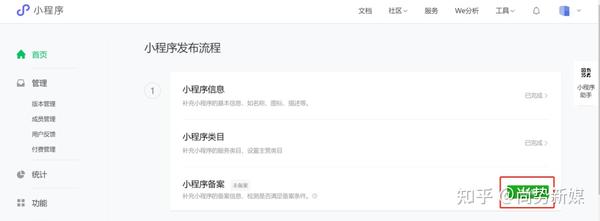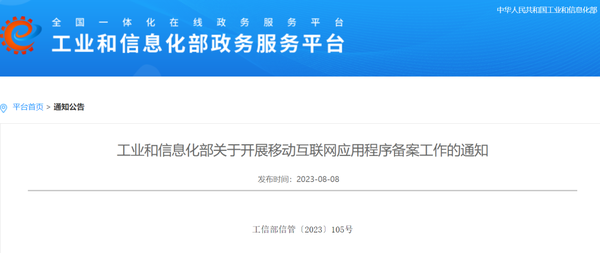kotlin自定义对话框的具体实现代码
创建我们自己的对话框,继承于系统的Dialog 实现构造方法
class CommonDialog(context: Context?, themeResId: Int) : Dialog(context, themeResId) {}
2. 在内部创建BUilder类 定义出我们需要的方法和属性
class Builder (private val context: Context) {
private var title: String? = null
private var message: String? = null
private var positiveButtonContent: String? = null
private var negativeButtonContent: String? = null
private var positiveButtonListener: ? = null
private var negativeButtonListener: ? = null
private var contentView: View? = null
private var imageid: Int = 0
private var color: Int = 0
private var withOffSize: Float = ()
private var heightOffSize: Float = ()
fun setTitle(title: String): Builder {
this.title = title
return this
}
fun setTitle(title: Int): Builder {
this.title = context.getText(title) as String
return this
}
fun setMessage(message: String): Builder {
this.message = message
return this
}
fun setMessageColor(color: Int): Builder {
this.color = color
return this
}
fun setImageHeader(Imageid: Int): Builder {
this.imageid = Imageid
return this
}
fun setPositiveButton(text: String, listener: ): Builder {
this.positiveButtonContent = text
this.positiveButtonListener = listener
return this
}
fun setPositiveButton(textId: Int, listener: ): Builder {
this.positiveButtonContent = context.getText(textId) as String
this.positiveButtonListener = listener
return this
}
fun setNegativeButton(text: String, listener: ): Builder {
this.negativeButtonContent = text
this.negativeButtonListener = listener
return this
}
fun setNegativeButton(textId: Int, listener: ): Builder {
this.negativeButtonContent = context.getText(textId) as String
this.negativeButtonListener = listener
return this
}
fun setContentView(v: View): Builder {
this.contentView = v
return this
}
fun setWith(v: Float): Builder {
this.withOffSize = v
return this
}
fun setContentView(v: Float): Builder {
this.heightOffSize = v
return this
}
fun create(): CommonDialog {
/**
* 利用我们刚才自定义的样式初始化Dialog
*/
val dialog = CommonDialog(context,
)
/**
* 下面就初始化Dialog的布局页面
*/
val inflater = context
.getSystemService() as LayoutInflater
val dialogLayoutView = (R.layout.dialog_layout,
null)
(dialogLayoutView, (
.WRAP_CONTENT, .WRAP_CONTENT))
if (imageid != 0) {
(() as ImageView)
.setImageResource(imageid)
} else {
(() as ImageView).visibility =
}
if (!(title)) {
(() as TextView).text = title
} else {
// (().toString(), "未设置对话框标题!");
}
if (color != 0) {
val viewById = () as TextView
viewById.setTextColor(color)
}
if (!(message)) {
(() as TextView).text = message
} else if (contentView != null) {
(dialogLayoutView
.findViewById<View>() as LinearLayout)
.removeAllViews()
(dialogLayoutView
.findViewById<View>() as LinearLayout).addView(
contentView, (
.WRAP_CONTENT,
.WRAP_CONTENT))
} else {
(() as TextView).visibility =
}
if (!(positiveButtonContent)) {
(() as TextView).text = positiveButtonContent
if (positiveButtonListener != null) {
(() as TextView)
.setOnClickListener { positiveButtonListener!!.onClick(dialog, -1) }
}
} else {
(() as TextView).visibility =
().visibility =
}
if (!(negativeButtonContent)) {
(() as TextView).text = negativeButtonContent
if (negativeButtonListener != null) {
(dialogLayoutView
.findViewById<View>() as TextView)
.setOnClickListener { negativeButtonListener!!.onClick(dialog, -2) }
}
} else {
(() as TextView).visibility =
}
/**
* 将初始化完整的布局添加到dialog中
*/
(dialogLayoutView)
/**
* 禁止点击Dialog以外的区域时Dialog消失
*/
(false)
val window = dialog.window
val context = this.context as Activity
val windowManager = context.windowManager
val defaultDisplay = windowManager.defaultDisplay
val attributes = window!!.attributes
if (() != ) {
attributes.width = ( * withOffSize).toInt()
} else {
attributes.width = ( * ).toInt()
}
if (() != ) {
attributes.height = ( * heightOffSize).toInt()
}
window.attributes = attributes
return dialog
}
}
3.在需要的地方使用
(this).
setImageHeader()
.setTitle("你是否要注销账户")
.setMessage("注销后需重新注册才能使用牛返返优惠")
.setPositiveButton("确定注销", { p0, p1 ->
p0?.dismiss()
DestroyAccount()
})
.setNegativeButton("取消", { p0, p1 -> p0?.dismiss() })
.setWith(f)
.create()
.show()
实现效果:

THE END







